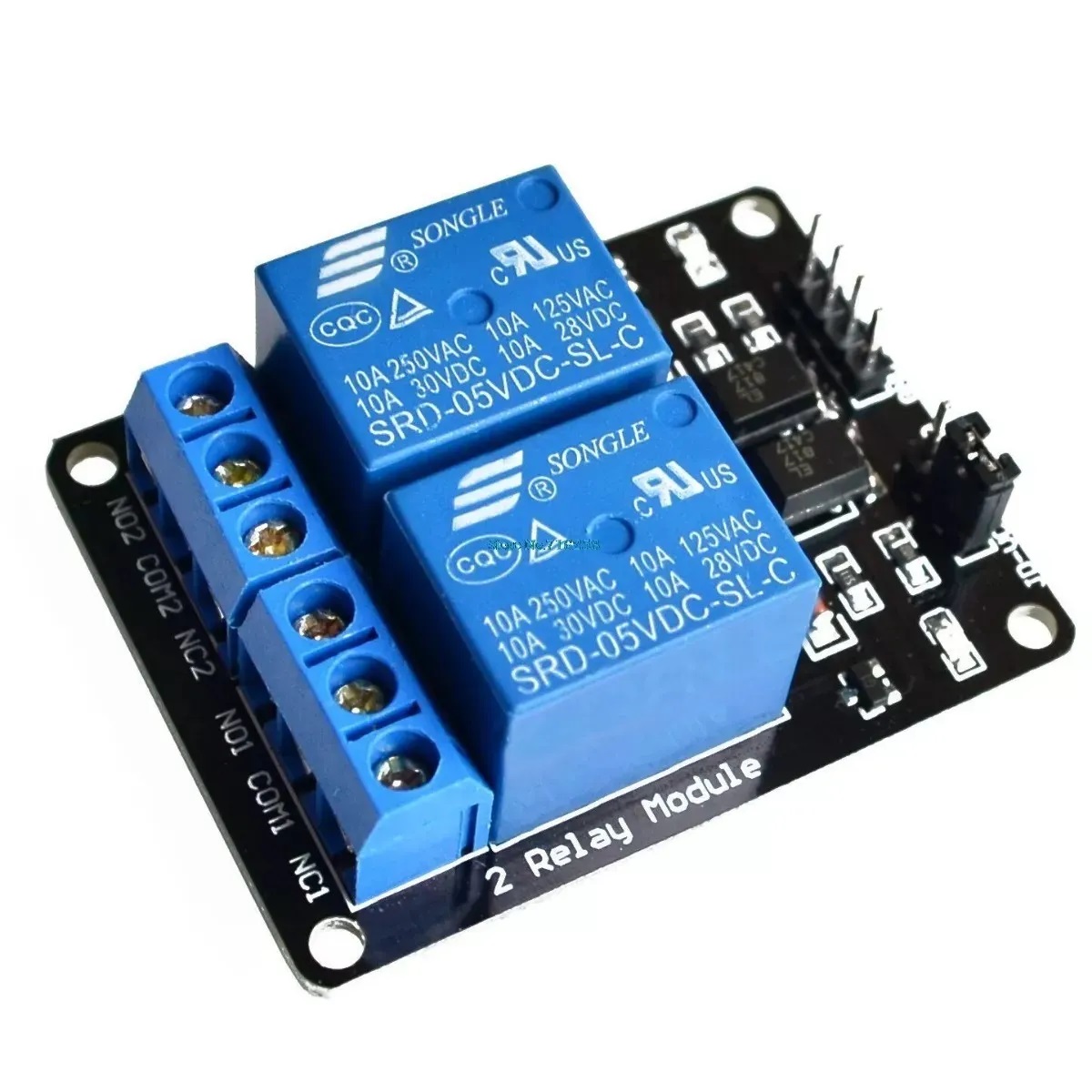
The following illustration shows the wiring. Otherwise, connect it to NC.įor this project, we want our lamp to be off at first and then turn on when we activate the relay, so we will connect one end of the wire to COM and the other to NO. If you want to keep your device off most of the time and turn it on occasionally, connect the other end of the wire to NO. You’ll need to cut your live AC line and connect one end of the cut wire (coming from the wall) to COM and the other to NC or NO, depending on what you want your device’s initial state to be. NOTE: Please note that relay mounted on this board is 5v.
Arduino relay 1 channel how to#
You’ll also need to connect the relay module to the AC-powered device you want to control, in this case, a lamp. In this tutorial, we will learn how to control a single-channel 5v relay module with Arduino. The air valve is not used in a complete pneumatic.

The reason why we need a relay module is because the valve pulls 500 mA at +12Vdc the Uno cannot source that much current (only 40 mA max), nor does it have a +12V rail. Pada sensor ultrasonik HC-SR04 terdapat empat buah pin yaitu VCC, GND, TRIGER dan ECHO. Connect digital pin #6 to the IN input pin. In this project, we’ll be connecting a 1-channel relay module to the Uno to control an electric solenoid air valve. Artikel ini akan membahas tentang tutorial arduino mengakses sensor ultrasonik dan mengolah data untuk mengontrol relay. Therefore, it is intended for people who are familiar with and knowledgeable about HIGH AC voltage.īegin by connecting the module’s VCC pin to the Arduino’s 5V pin and the GND pin to ground. Improper or incorrect use could result in serious injury or death. Warning: This board interacts with HIGH AC voltage. Here’s a small animation showing how a relay links two circuits together. A relay can be thought of as an electric lever you turn it on with a relatively small current, and it turns on another device with a much larger current. How Do Relays Work?Īt the core of a relay is an electromagnet (a wire coil that becomes a temporary magnet when electricity is passed through it). This tutorial will walk you through setting up the relay module to turn on a lamp or other device, but first, a quick primer on relays. The only downside is that, because these are electro-mechanical devices, they are more prone to wear and tear over time. These well-contained modules are inexpensive, simple to connect, and ideal for home-brew projects that require switching modest amounts of AC or DC power. This is where relay modules come into play.

However, because the Arduino runs on 5 volts, it cannot directly control these high-voltage appliances.

In your upcoming project, you might want to use your Arduino to control a high-voltage device, like a lamp, fan, or other household appliance.


 0 kommentar(er)
0 kommentar(er)
